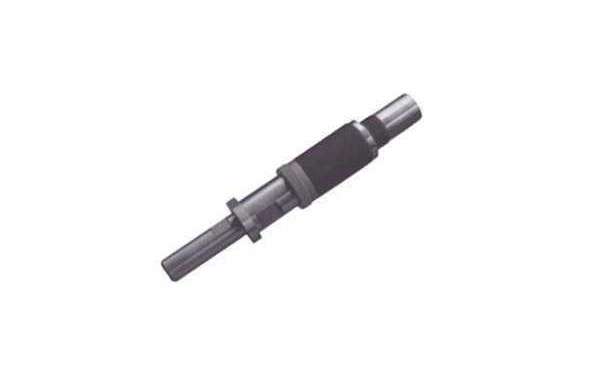Materials used in Injection plastic mold are plastics, specifically thermoplastics. There are hundreds of thermoplastics, but the most common thermoplastics used in injection molding are:
These three thermoplastic materials are used all the time. They are cost-effective, durable, and can tolerate the stresses of constant use. You likely use products made from these three materials often, if not every day. For example, ABS is the thermoplastic used to make your keyboard and parts of your phone.
What are Thermoplastics?
Thermoplastics are plastics that melt when heated and make plastic injection molding possible. Most of the plastic products used today are created using thermoplastics because of how diverse this material is. Some thermoplastics are very sturdy and rigid, while others are flexible and rubber-like. Some are clear and others are opaque. It is this diversity that makes thermoplastics such an appealing material for manufacturers.
Common Injection Molding Materials
Some other common materials used for injection molding include polycarbonate, nylon, acrylic, and polyoxymethylene. Each of these materials have their advantages and disadvantages, which is why, when determining which material to work with, you need to think of how the final product will be used. Will it need to be food-safe? Does it need to be heat tolerant? UV resistant? These are some of the things you need to consider before deciding which material to use.
Once you know which material to use, you will be able to decide which material is best for your project. Specifically, you will need to choose between an amorphous plastic or a semi-crystalline plastic. The main difference between these two families of plastics is how they react to heat.
Amorphous materials shrink or expand less when heated or cooled because they don’t have a sharp melting point, making the process more forgiving and gradual. Unlike amorphous plastics, semi-crystalline plastics have a much sharper melting point and are known to expand or contract a great deal more when exposed to changing temperature extremes.
Here is a list of the type of plastics used in injection molding, and which of the two families they fall under:
Amorphous plastics:
Acrylonitrile Butadiene Styrene (ABS)
Polystyrene (PS)
Acrylic
Polycarbonate
Semi-Crystalline plastics:
Polypropylene (PP)
Polyethylene (PE)
Nylon (Polyamide)
Polyoxymethylene (POM)
Ideal Materials for Injection Molding Products
The application of the product will determine the material used. If a product needs to be transparent yet still durable, like an automobile headlight, polycarbonate would be a good choice. What if your product is a container, like a milk jug? Then polyethylene is the type of material you’ll want to use. Polyethylene is often used for food packaging because it is food safe and won’t leach chemicals.
Here is a table of the most common thermoplastic materials used for injection molding with their unique features and most common applications.
The aluminum winding wire is also our hot product, you can click to view.





